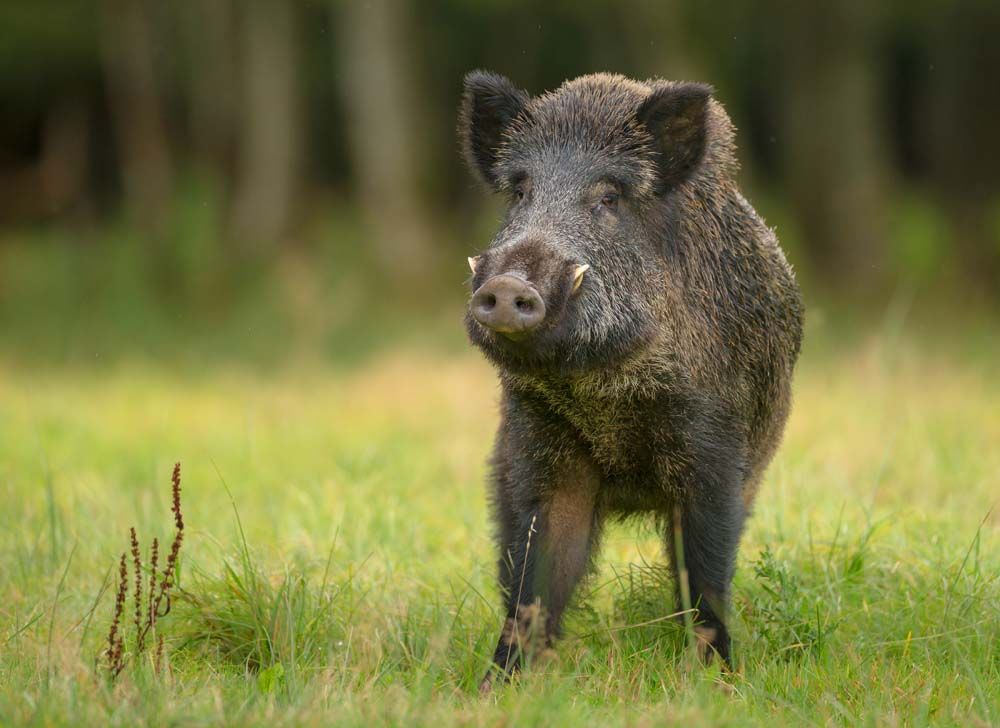The Vital Role of Soil in Environmental Conservation
Insight From a Regenerative Agriculture Consultant


You’re not alone if large sections of your lawn are mostly exposed soil. Some days, you’d rather walk the dogs on your pasture than actually let them out to run because the yard is so muddy. This is a common frustration for any homesteader with a few acres who dreams of having a nicer lawn.
Now, however, there no longer needs to be an uprising against muddy paws.
After talking with Judith Horvath, shepherdess at Fair Hill Farm and regenerative agriculture consultant, the latest movement among hobby farmers and homesteaders focuses on the incredible life in the soil.
Hobby farmers, chicken keepers and homesteaders can consider soil to be the foundation of all agricultural life and refer to themselves as soil farmers. There are microbes below the soil that need living or dead plants to get their food. The microbes prefer roots in the ground and dead leaves to eat in winter and spring.
Horvath told AcreageLife that healthy soil is alive with billions of different species.
“It’s astonishingly complex and delicate, and it’s the source of life on our planet,” she said. Without healthy soils, life ceases.”
Horvath’s Farming Routine
Horvath’s venture into farming wasn’t a straight line. It wasn’t born out of tradition but through a deep-seated desire to connect with the earth in a manner that respects its natural rhythms and cycles. At the core of her farming philosophy lies a profound respect for the soil — the very foundation upon that all life depends on.
At Fair Hill Farm Regenerative Agriculture and Permaculture Design, Horvath teaches aspiring farmers how to get started and improve soil health.
“I offer consulting services for clients who have their own projects. Usually, it’s people who are dedicated to healthy living and have decided to make a life change to a more rural lifestyle, homestead or small farm location. They want someone to be their training wheels until they have the lingo worked out and have a few years of actual farming under their belts,” Horvath said.
Horvath’s approach to integrating sustainable practices into a farming routine includes improving soil quality.
These four tips are how Horvath embraces soil health and restores soil biome.
Continuously add compost as top-dressing to beds. When harvesting vegetables like lettuce, cut off the vegetables at ground level and leave the roots in the soil to contribute organic matter.
Keep beds mulched between plants. As soon as something is harvested, add compost and plant something else on the same day.
Plants like friends. Plant every square inch, putting small things between big things, like onions between cauliflower or lettuce.
Let clover grow next to veggies. Top dress beds with a light layer of compost throughout the growing season.
In the heart of central Ohio, Fair Hill Farm is a testament to resilience and ecological harmony. It is a beacon for those aspiring to tread lightly on the earth while reaping its bountiful rewards.
Soil Testing
For Horvath, crop rotation, green manures, composting and mulching forms the pillars of her approach, ensuring the soil remains healthy, vibrant and alive.
“The goal is to make compost and build soil full of microbial life. All this decayed vegetable matter is food for earthworms and mycorrhizal fungi under the surface, and it retains moisture like a sponge, making things drought-resistant. It all works together to ensure healthy plants and nutrient-dense foods,” Horvath added.
Your first step to building healthy soil is to get it tested at the beginning of each season. Analyzing the soil’s texture and organic matter content always tells a rich story, and standard soil testing evaluates plant-available nutrient content and soil pH.
Horvath told AcreageLife that, if it’s a big area, she’d recommend soil testing to determine the nutrients present.
“It’s more about the texture of the soils. I have one particularly sandy area that’s prone to drying out and being acidic. I add compost to these areas for organic matter and ashes from my woodstove to make the pH more alkaline. I have other soil types rich in organic matter but they have a lot of silt and are prone to waterlogging in low-lying areas.
“When it comes to nutrients, besides compost, I recommend keeping the soil covered with anything available. That means grass clippings, last winter’s leaves and undyed or uncolored mulch. But the real winners for best soil amendments are comfrey and biochar. If you read about comfrey, it’s a chop-and-drop miracle plant where you cut back the leaves and throw them on the ground.”
The Role of Animals in Soil Health
On Fair Hill Farm, animals play a pivotal role in the cycle of regeneration that underpins Horvath’s sustainable practices.
“We have sheep, goats, a guardian llama, rabbits, turkeys and chickens. The benefits of composted manure cannot be overstated, as poultry manure is unbelievably rich in nitrogen, which is a key component of leaf growth. Wherever manure accumulates, we remove it and add it to compost. That means lounging areas inside shelters and night roosting areas for our poultry,” Horvath said.
Implementing rotational grazing is essential, preventing overgrazing and promoting healthier pastures.
“Rational grazing is the practice of keeping grazing livestock within a small area for a short time and moving them to a new area every one to three days. This mimics how bison roamed the Midwest plains in huge herds, continuously moving and not returning until the grass recovered,” Horvath said. “Then chickens are moved behind livestock in the same way that flocks of birds followed the bison, depositing nitrogen-rich manure, spreading out big manure piles and consuming fly larvae.”
“When the grass is healthy, it’s building soil, and the animals flourish. That’s what it’s all about. No matter what animal a farmer or rancher like me raises, we are grass farmers first,” Horvath said.
This integrated approach to farming, where animals contribute to the health of the land, exemplifies Horvath’s holistic view of agriculture as a closed-loop system where nothing goes to waste and everything serves a purpose.
Horvath’s story powerfully reminds us of the impact individuals can have on shaping a more sustainable world. Her experience offers hope and inspiration for those seeking to forge a deeper connection with the land.
Farmers, homesteaders and gardeners can play a vital role in nurturing soil health and cultivating green thumbs for greener futures.
“When the grass is healthy, it’s building soil, and the animals flourish. That’s what it’s all about. No matter what animal a farmer or rancher like me raises, we are grass farmers first.” — Judith Horvath
Tags:Features

Acreage Life is part of the Catalyst Communications Network publication family.













